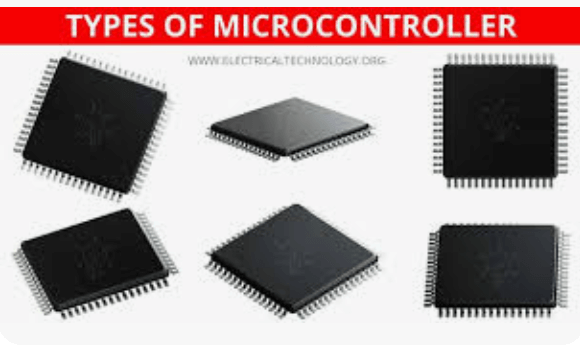Everything You Need To Know About Limit Switch
1. Introduction Limit switches are fundamental components in industrial automation and machinery control. These electromechanical devices detect the presence, absence, or position of objects, enabling precise control over machinery movement and enhancing safety. This article explores their design, functionality, applications, and selection criteria. 2. What is a Limit Switch? A limit switch is an electromechanical device that…










